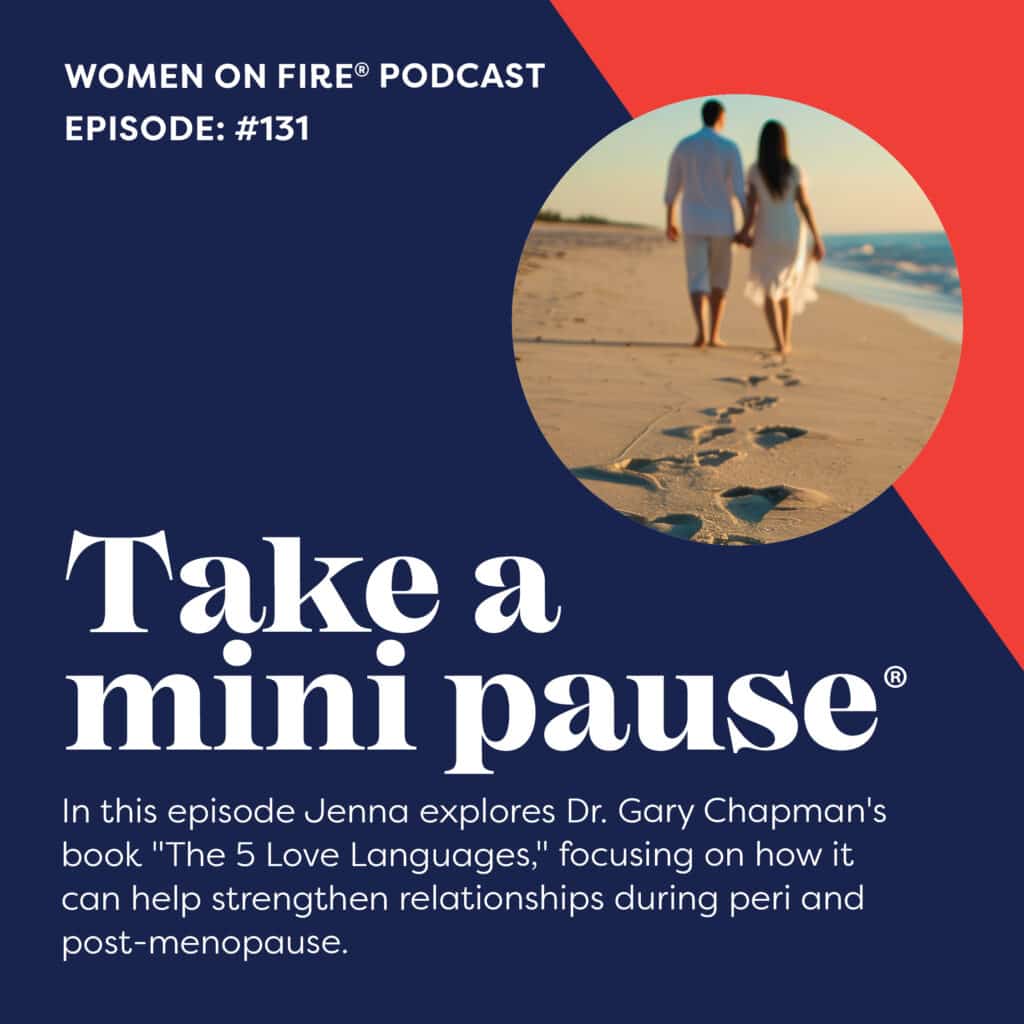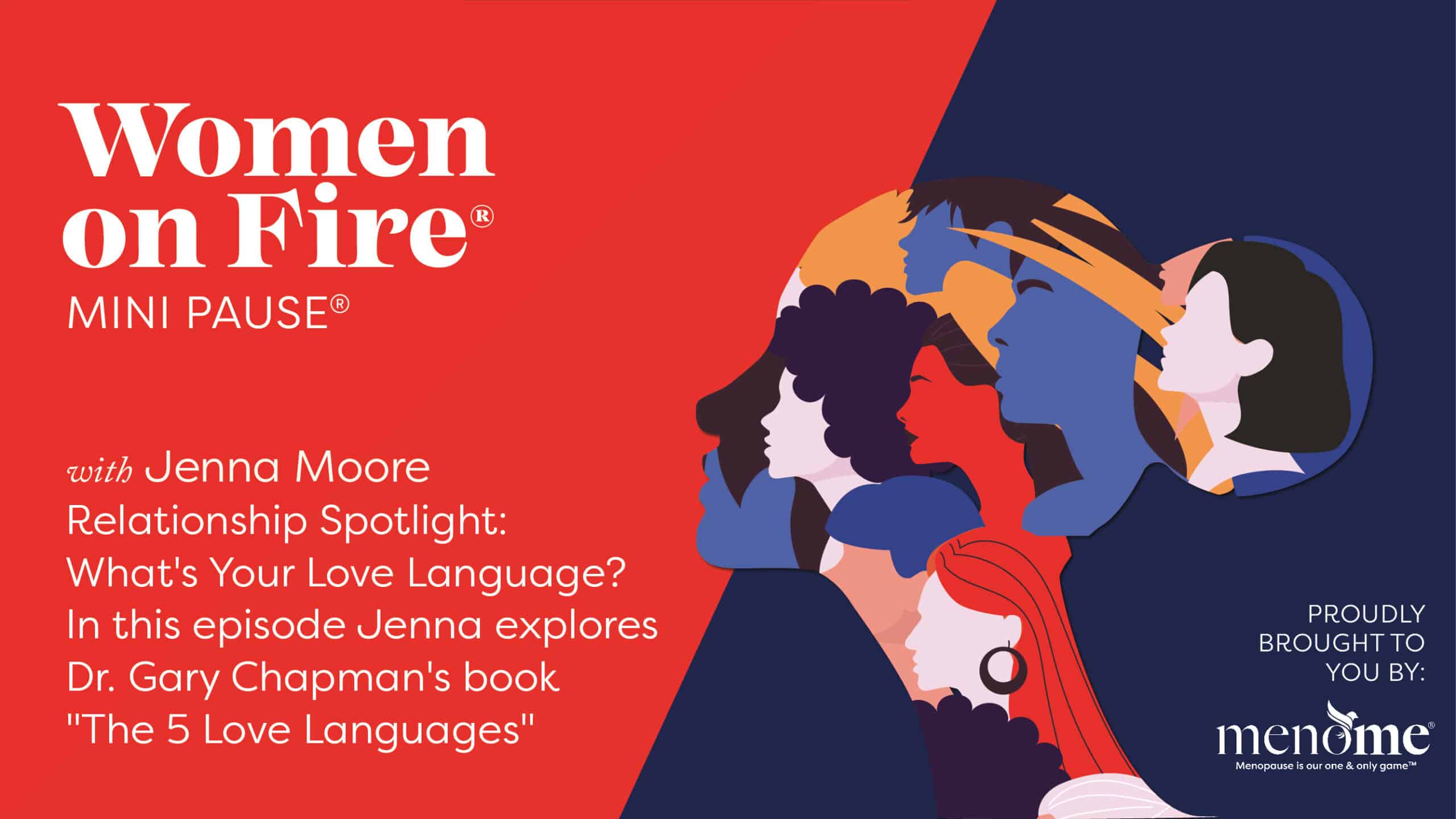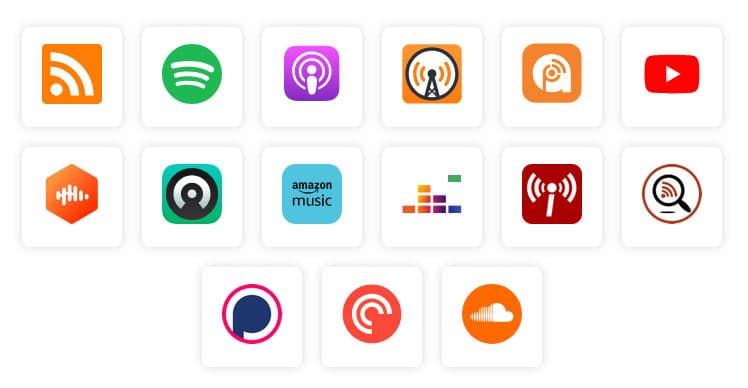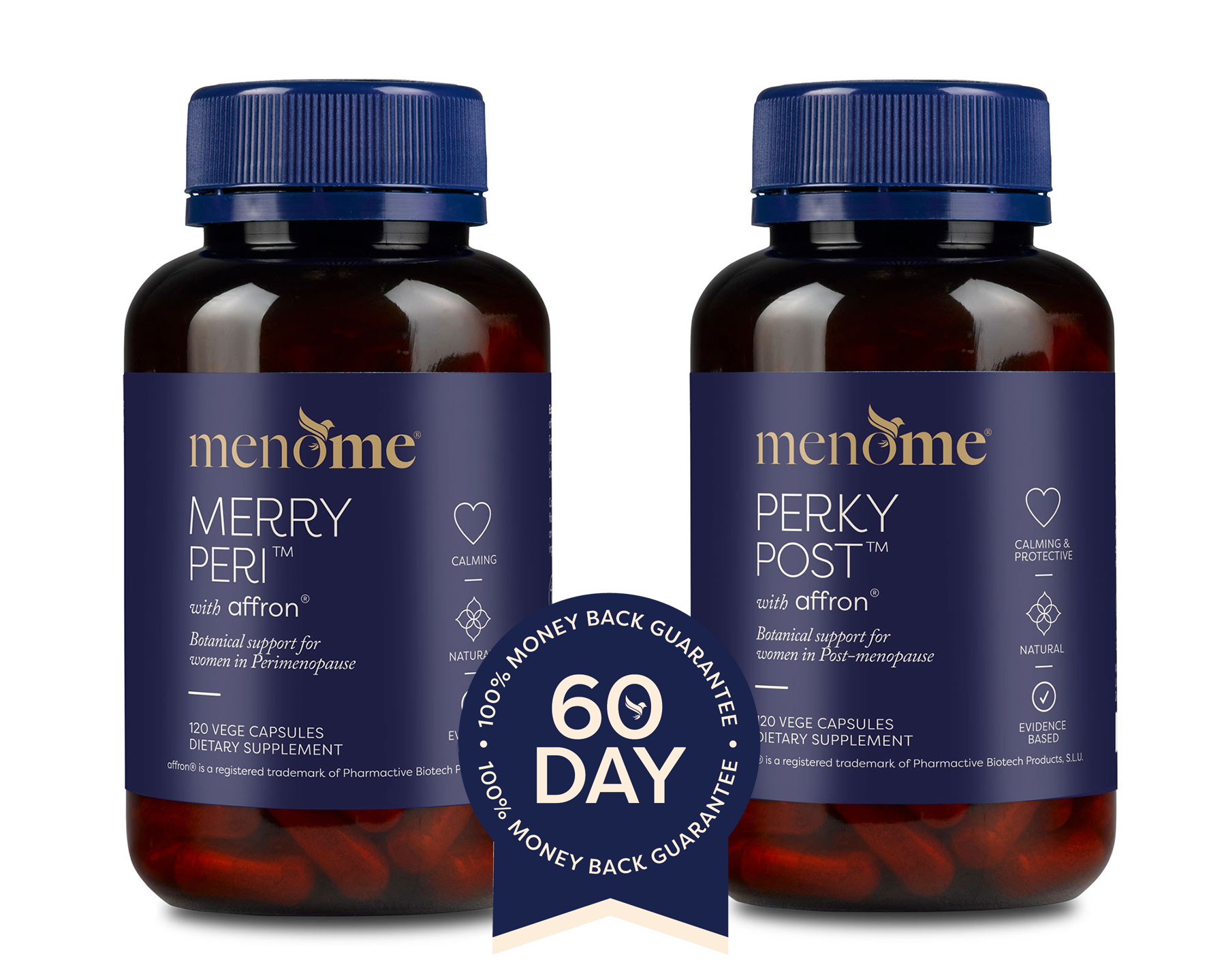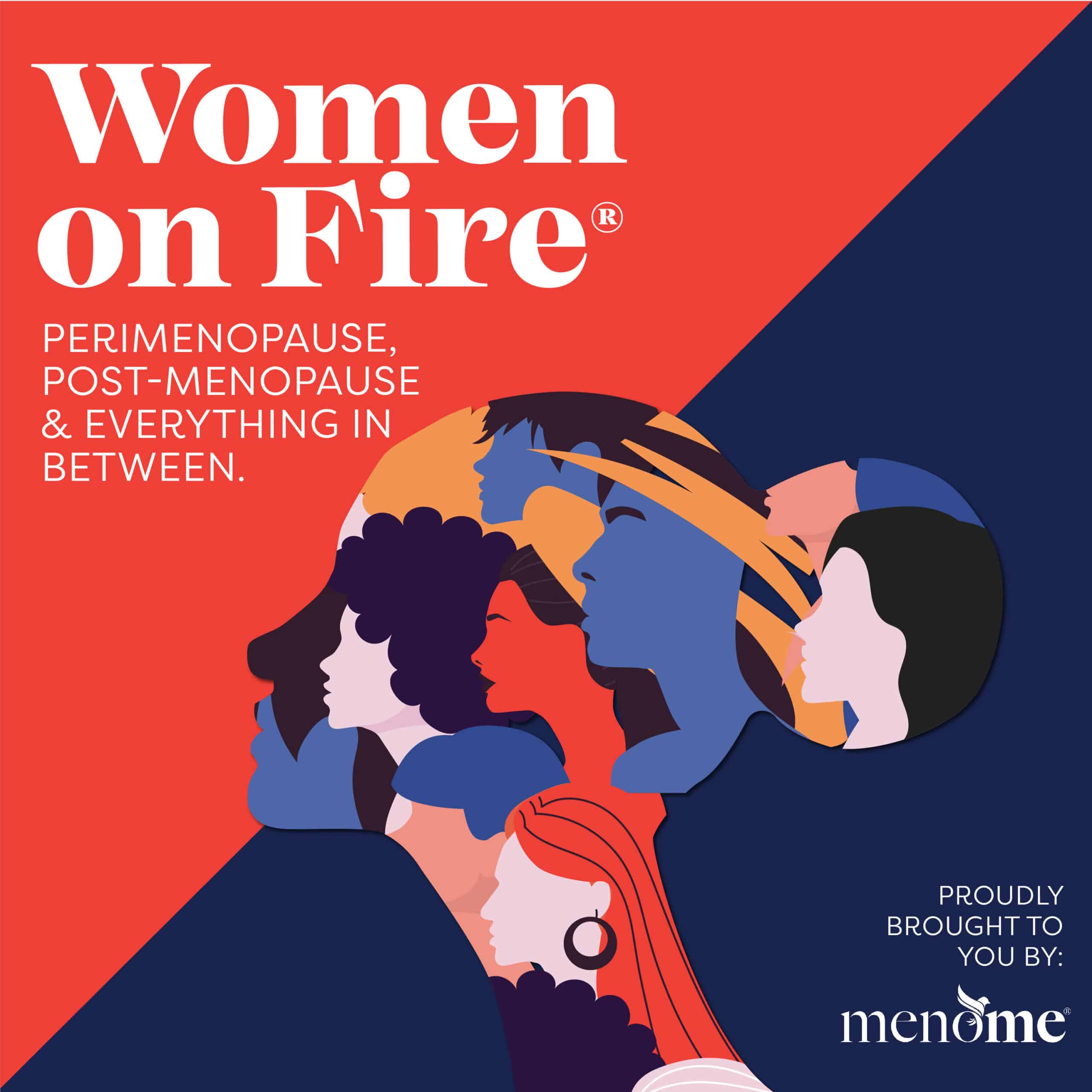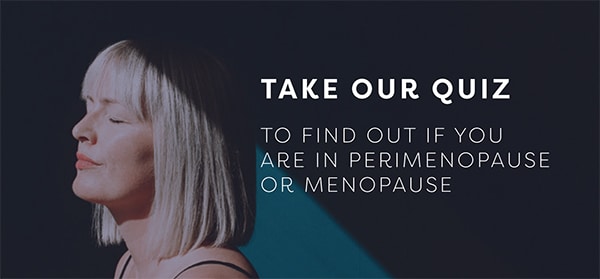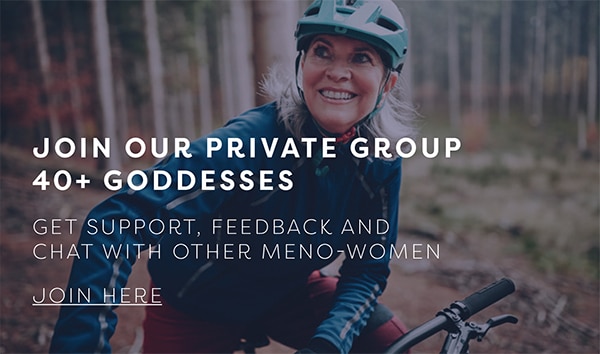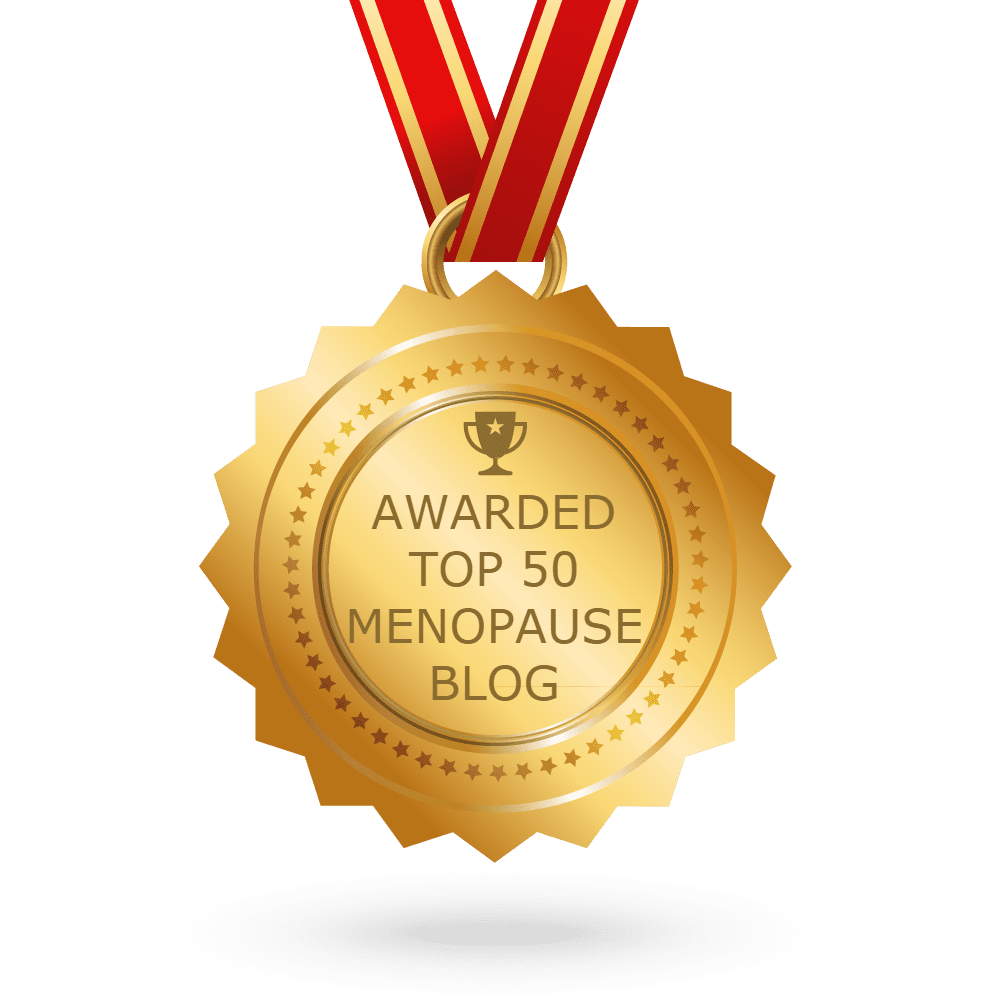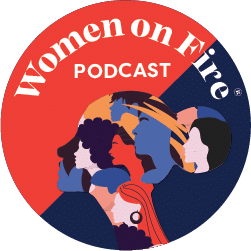Podcast Episode
Subscribe to the Women on Fire® podcast here to listen on your favourite podcast platform.
In this episode, we talk about
- 00:00 Introduction
- 01:03 About Five Love Languages: The Secret To Love That Lasts
- 04:04 Exploring the Love Languages
- 04:32 Words of Affirmation
- 05:06 Quality Time
- 05:47 Acts Of Service
- 06:30 Receiving Gifts
- 07:26 Physical Touch
- 09:48 Most common and least common Love Languages
Episode Resources:
- Take: The Five Love Languages Quiz here
- Read: The Five Love Languages: The Secret To Love That Lasts by Dr Gary Chapman PhD here
- Read: Gary Chapman’s analysis of the most common love language here
- Read: Did You Know Girlfriends Are Good For Your Health here (and about oxytocin)
- Botanical support: Merry Peri® for peri & Perky Post for post-menopause here
Video Version
Transcript
We are having a bit of a relationship theme this month. So, I’d love to talk to you about the book “The Five Love Languages: The Secret to Love That Lasts” by Dr. Gary Chapman, PhD. Have you read it? You might have or you’ve certainly probably heard of it.
Because sometimes if we struggle in perimenopause and menopause our relationships can come under strain. So it can be good to have some aids in our relationship toolkit. Just like it’s good to have aids in our menopause toolkit. The concept of the Five Love Languages provides a framework for understanding how people express and experience love. It works on the premise that recognising and understanding these love languages can enhance relationships by better communication and deeper connections.
So the Five Love Languages draw on Gary Chapman’s expertise and experience as a family counsellor, and it’s become one of those iconic books. He wrote it in the 90s and it’s been a consistent New York Times bestseller and has sold millions of copies. I’m not sure how many I read, five million on one note and 40 million on another but suffice to say a lot.
Not everyone agrees with the concept but others swear by it for helping to make their relationship rock. And it must be doing something right to have that sort of success mustn’t it? It’s just got to. I mentioned it to a friend the other day when we were talking about her relationship and she said it wasn’t for her. On the other hand, I have other friends who have it up there as a beacon of light in their relationship and they attribute following some of the guidelines to the success of their long – term relationship. So I think wherever you’re sitting, whether you’ve been in a loving relationship for a very long time, if it’s quite rocky and you want to inject new life into it or if it’s a new relationship, if you’re single, if you’re dating or even if you’re somewhere in the middle it really can’t hurt to take a look at it. Sometimes the simple things can make a huge difference. I think it’s great that it can be used for families, children, teenagers and friends as well because, I don’t know about you, but sometimes my relationships certainly need some support.
In a nutshell, The Five Love Languages depict five different ways we give and/or receive love in our relationships. And there are five banners:
- Words of affirmation
- Quality time
- Receiving gifts
- Acts of service
- Physical touch
So it’s based on the theory that not everyone gives or likes to receive love in the same way. So let’s take a closer look at them, just a snapshot.
So number one: words of affirmation.
Words are powerful, aren’t they? I love words. And this love languages uses them to convey affection, including frequent, I love yous, compliments such as, you look great today. I appreciate everything that you do. That’s wonderful or encouragement like you’ve got this babe, you get the drift. It’s positive and uplifting. And just talking to you about it now makes me feel that way, brings a smile to the dial. So I hope listening to that makes you feel that way too. Just makes you feel good.
Number two: quality time.
This one is all about spending, or wanting to spend time, with your special person.
You feel loved and cherished when your partner chooses to spend time with you rather than doing other things. And listening to what you have to say, giving you undivided attention, not having one eye on the phone or the TV or the laptop as can be so common these days. This could look like a focused date night sharing deep and meaningful conversations, or even just going for a walk together. That’s nice, right?
Number three: acts of service.
Actions speak louder than words for you. Acts of service is defined as helping with chores, doing things to ease their or your burden, or going out of your way to make life easier. It’s kind of nice, don’t you think? Even simple things like doing the cleaning, putting the garbage out, cooking dinner, bringing you food when you’re busy at work or making you breakfast and bed are amazing. They feel so good, right? I’m remembering one of my earlier relationships. I wish I’d recognised that was his love language.
Number four: receiving gifts.
And I really thought this was definitely my primary love language, giving and receiving especially on special occasions. For me, I hope it’s something that someone will treasure when I’m giving and as a receiver, the time and thoughtfulness that goes into the gesture just really touches my heart. It’s not so much about the stuff but rather what it signifies, whether that’s a flower picked from the garden or a brand new Maserati. It’s the intention behind it (the Maserati would be kind of cool). However, it turns out that after doing the quiz, which I’m going to link you to, the Love Languages quiz, my primary love language is words of affirmation. I’m also going to show you what the most common love language is, the most popular.
Number five: physical touch.
It probably goes without saying that this language is all about touch. Things like hugs, kisses, holding hands, cuddles on the couch and sex. When physical attraction is a big part of your relationship it can make you feel grounded, secure and as if you’re basking in comfort and warmth or wrapped in a cuddly blanket. And in the peri and post -menopause world we really can’t discount the importance of social connection that’s been identified and also the oxytocin hormone (which is also known as the love hormone). It’s triggered by physical touch and it can be very calming, calming for anxiety and help with sleep. (There’s a bit more about oxytocin in an article I wrote about how having girlfriends are good for us. So I’ll link to that for you in the show notes and resources).
If all this is new to you or even if you just want to do it for fun and see if you’ve changed you can do the love language quiz which I’ll also link in the resources for you. It makes you think, doesn’t it? Well, for me it does. And you can have more than one love language though Gary Chapman says that we usually have a primary main love language but that can also evolve over time. It’s probably important to have a conversation with your partner to ensure you’re on the same page because you might be totally into love languages and words of affirmation are your thing, you adore them. So you text your partner through the day and want to talk and share compliments constantly, which is lovely, but it might be annoying to someone else who doesn’t ‘get it’. And your partner? Their primary love language may be physical touch. So they’re all about kissing and cuddling and making love when you’d rather talk. So both of you end up feeling unloved without understanding why. Which makes sense, doesn’t it?
Gary Chapman analysed the love languages and did a study, (which I’ll also link to for you), on the most common love languages, and words of affirmation was a winner.
More recently, the Hinge dating app, (I think in 2018), did a study on love languages and quality time came out on tops. But apparently, words of affirmation and quality time go neck and neck constantly. And, I was surprised, but receiving gifts was the most uncommon love language from Gary Chapman’s analysis. Amazing.
Of course, relationships are a lot more complex and nuanced than this and things can change. So the love languages certainly aren’t the be all and end all, but perhaps they’re something to consider adding to your repertoire, I mean, it really can’t hurt, can it? It’s very simple.
Clinicians probably dive deeper and I did read something about a clinician saying they felt that childhood wounds, etc. could all be part of your language in a relationship and that can change if you grow up and deal with that. But yes, of course, there are nuances and complexities to it. But as a simple guideline, it just seems like a positive to me.
So if you have done it, if you follow it or if you’re going to look further into it and take it up, I’d love to hear your feedback… how you’ve gone or how you all go. You could leave that in the comments or DM’ing me would be great. All the contact information is in the show notes or the resources.
I hope this left you with a little nugget or maybe even just a reminder nudge and that you’ve enjoyed it.
Thanks for listening.
